Seeing Che Guevara through rare photos
(VNF) - A photo exhibition featuring the life and career of Cuban revolutionary leader Che Guevara was held in Hanoi from October 6th-13th to commemorate his 50th death anniversary (October 9th, 1967-2017).
| |
Visitors at the opening day of the exhibition.
The one-week-event, entitled “Che- the Constructor”, has been arranged by the Vietnam News Agency (VNA), the Vietnam-Cuba Friendship Association and the Vietnam bureau of Cuba’s Prensa Latina News Agency.
The exhibition showcases 30 black and white photos of Che Guevara from 1959 to 1965 taken by photo journalists from Prensa Latina. The originals are preserved in archives of Prensa Latina in Havana, Cuba.
In his opening remarks, VNA General Director Nguyen Duc Loi said to Vietnamese people, Che Guevara was known as a courageous soldier fighting for national liberation and a talented politician who always defended justice and true values of internationalism and freedom of nations.
| |
VNA General Director Nguyen Duc Loi opens the exhibition.
The photos on display offer visitors an impressive image of an enthusiastic, modest, friendly and creative person who was also a warrior, he stressed.
The exhibition demonstrates the affection of Vietnamese people for Che Guevara, the hero who wholeheartedly supported Vietnam in the fight for its national re-unification.
Speaking at the exhibition opening ceremony, Nancy Coro, Deputy of Mission, Cuban Embassy in Vietnam appreciates the support of VNA and the Vietnam-Cuba Friendship Association for holding such event, adding that Ernesto "Che" Guevara is one of the most appealing figures of our century.
His likeness -- effervescent frame of hair and curly beard, ever-present starred beret -- has been one of the most reproduced icons in history.
| |
Nancy Coro, Deputy of Mission of Cuban Embassy in Vietnam, for her part, extended sincere thanks to the VNA and ), the Vietnam-Cuba Friendship Association and relevant agencies for their support to organise such event.
October 9th marked the 50th anniversary of Che’s execution at the hands of Bolivia Rangers. After his tragic death there have been many attempts to turn Che Guevara into a harmless icon but Che Guevara has inspired many revolutions, and his ideas and views are still followed today.
“He was a martyr who fought in the name of the oppressed peoples. Che’s image, bearded and wearing a single red star studded beret, became an international symbol of revolt and revolutionary idealism,” she said.
According to her, Che insisted that the revolution did not belong to any single nation; it was an international movement. He continually sought ways to extend the revolution throughout Latin America and the world.
Che called for a "proletarian internationalism" to unite revolutionary fighters against imperialism. He was strongly inspired by the heroic struggle of the Vietnamese people against the invasion of the U.S., calling for the creation of "two, three, many Vietnams".
Despite vast attempts of the imperialism in burying Che's legacy, 50 years after his death, the hero remains an endless source of inspiration for those who suffer from poverty, exploitation and destruction caused by capitalism.
| |
Nancy Coro, Deputy of Mission, Cuban Embassy in Vietnam looks at the photos of Che.
Born in the Argentine city of Rosario, Che Guevara traveled across Latin America in 1952 and 1953 and was shocked to see the economic disparity in the region, a road trip that was immortalized in the 2004 film "The Motorcycle Diaries."
It had convinced him that violence was necessary to overturn Latin America's unjust social order.
His life was changed dramatically when he met Castro in Mexico in 1955 and joined his guerrilla expedition to Cuba.
In the early 1960s, he worked with Castro to consolidate the revolution, supervising the repression of counter-revolutionaries, and even for a time heading the Central Bank and industry ministry.
But his major motivation was to spead revolution elsewhere. In 1965, he bid farewell to Cuba in a letter to Castro in which he resigned his posts and wrote: "Other nations of the world summon my modest efforts of assistance."
After leading a group of Cuban revolutionaries fighting with Marxist guerrillas in the Congo, Guevara traveled to Bolivia in late 1966. Struggling with asthma, he led a small clutch of rebels in Bolivia for 11 months trying to spread revolution but was tracked, cornered and wounded in the mountains in a gunbattle that wiped out most of his remaining rebels.
The Bolivian army and two Cuban-American Central Intelligence Agency agents took the chance to capture Che and executed him in a schoolhouse in La Higuera on October 9th, 1967./.
Minh Chau
Recommended
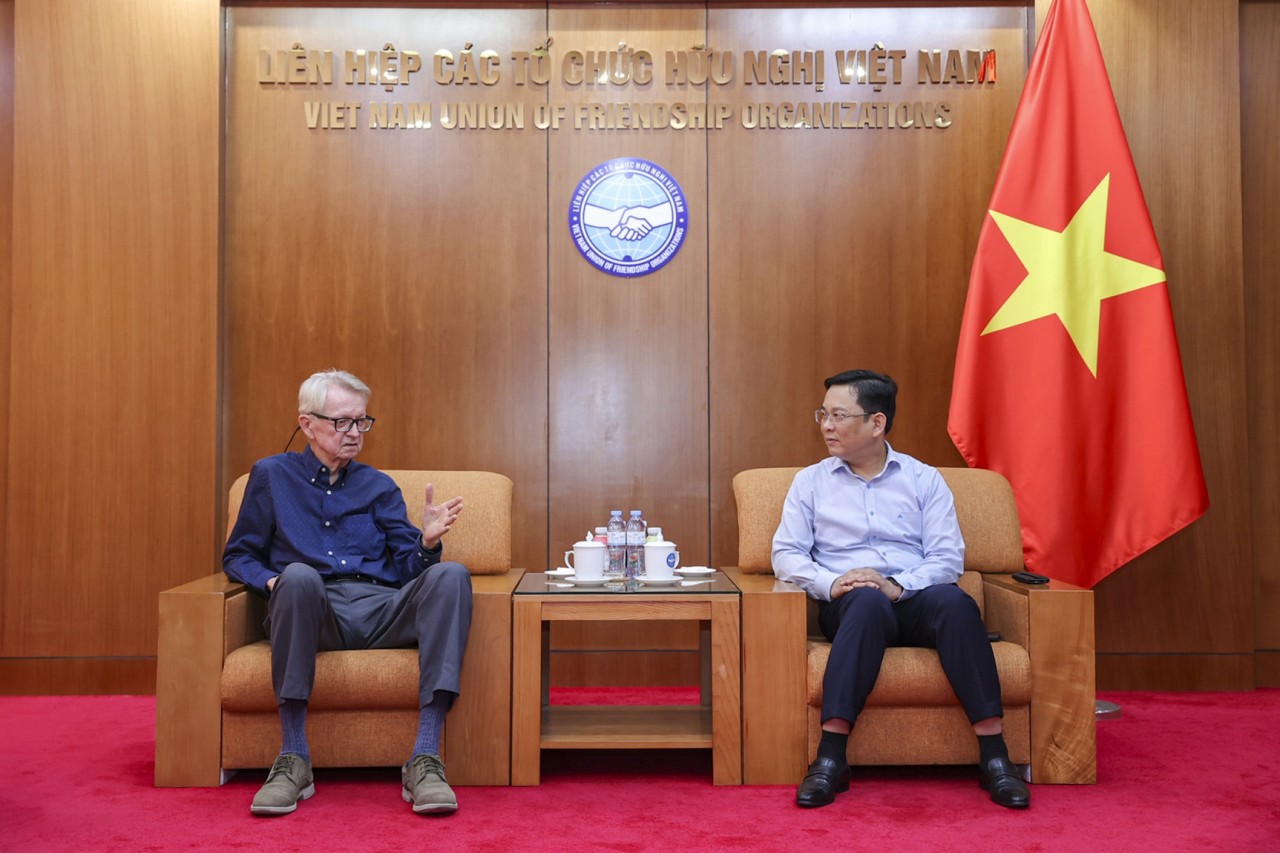 Friendship
Friendship
VUFO Appreciates Contributions of American Veterans in Overcoming Consequences of War
 Focus
Focus
Vietnam-Austria Relations: Unlocking the Potential for Cooperation in Key Areas
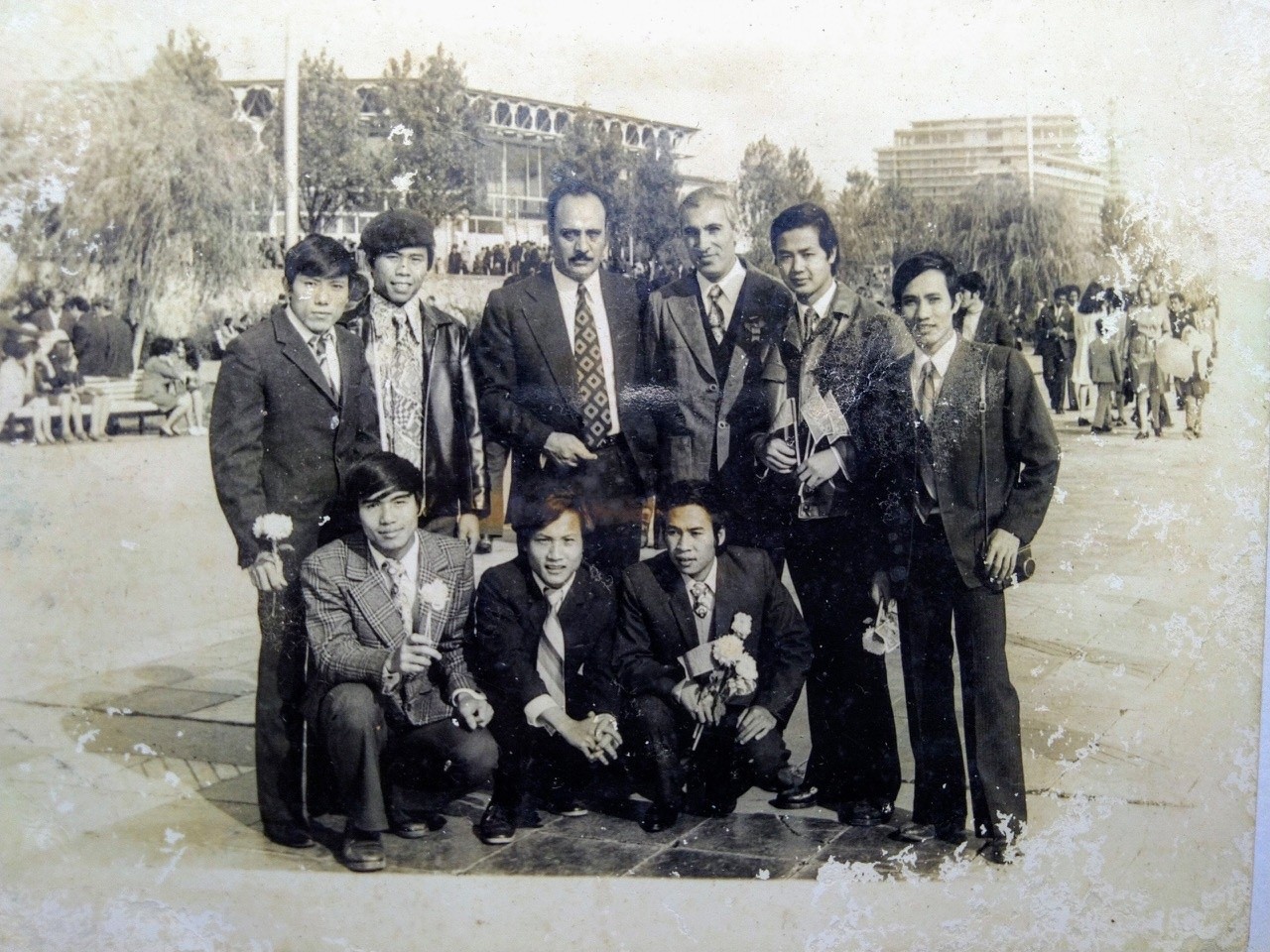 Friendship
Friendship
Vietnam - Azerbaijan: Cherished Memories Should Be Carried Forward with New Achievements
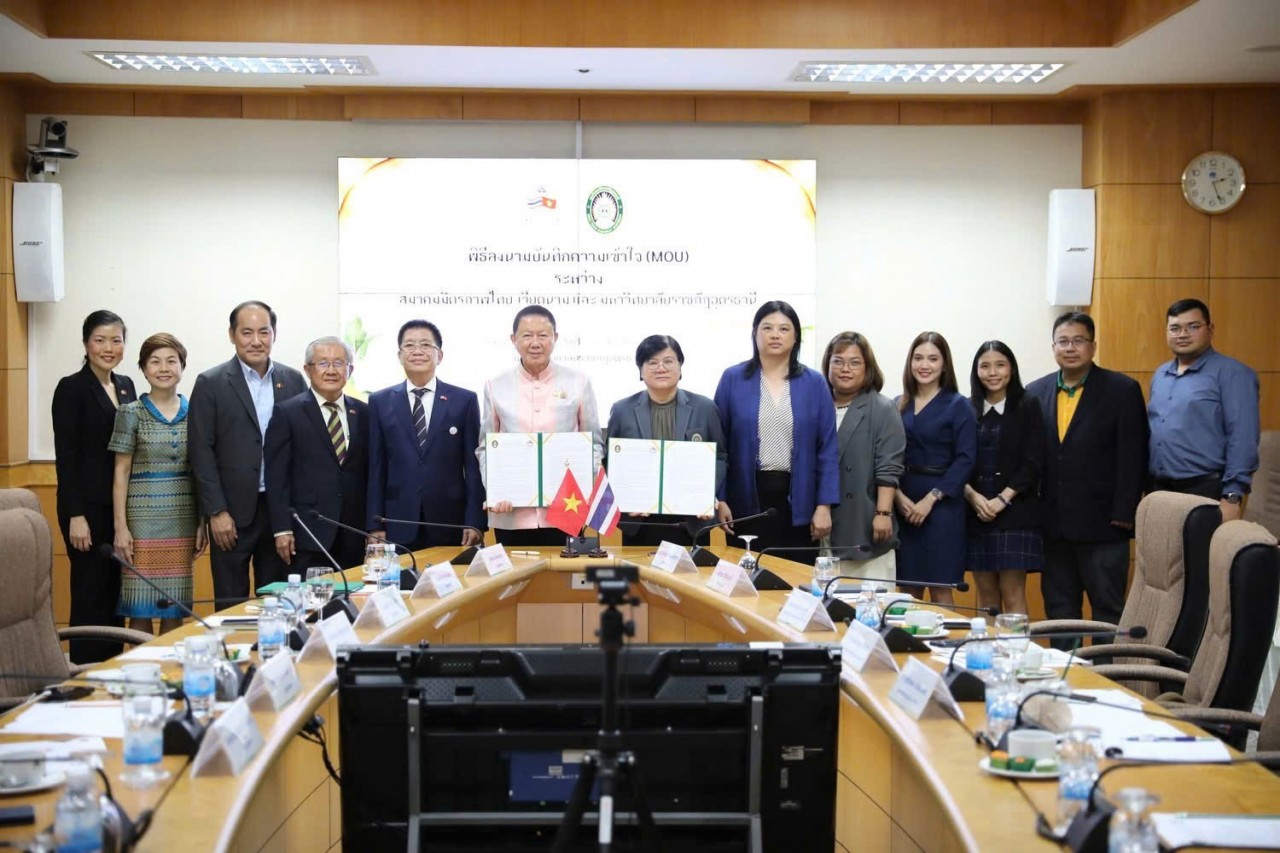 Friendship
Friendship
Center for Vietnamese Studies, Thailand-Vietnam Friendship Association Collaborate on Language Training
Popular article
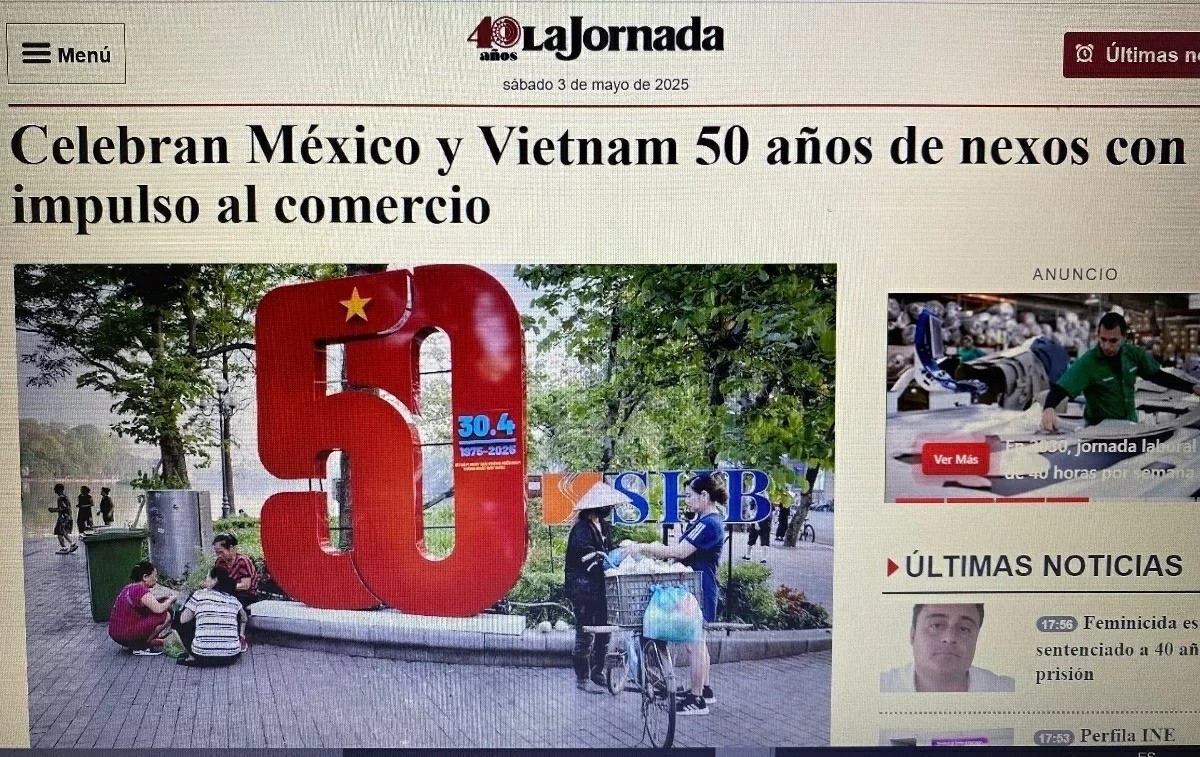 Friendship
Friendship
50 Years of Mexico-Vietnam Diplomatic Relations: Continuous Flourish in All Fields
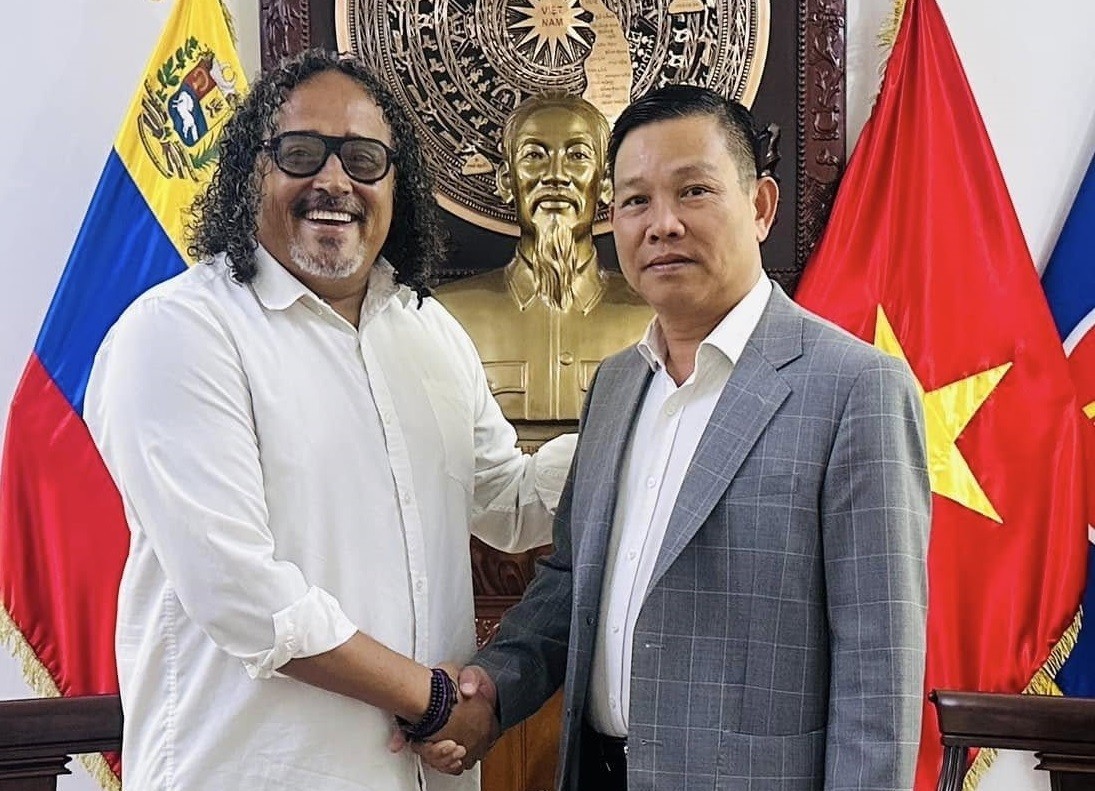 Friendship
Friendship
Venezuelan Artists Commemorate President Ho Chi Minh through Revolution Music
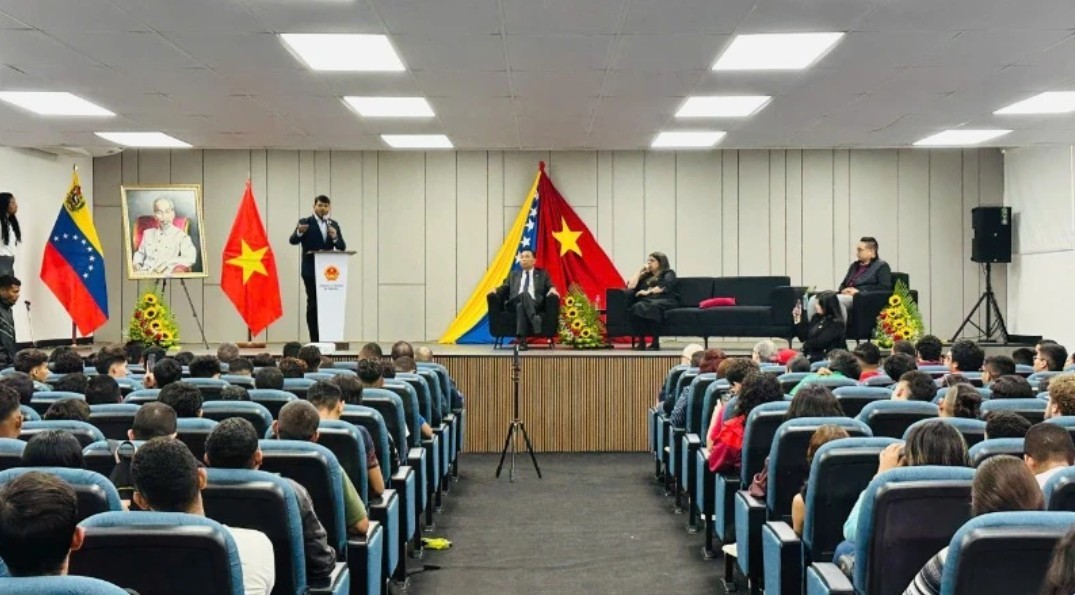 Friendship
Friendship
Vietnam's April 30 Victory Celebrated in Venezuela
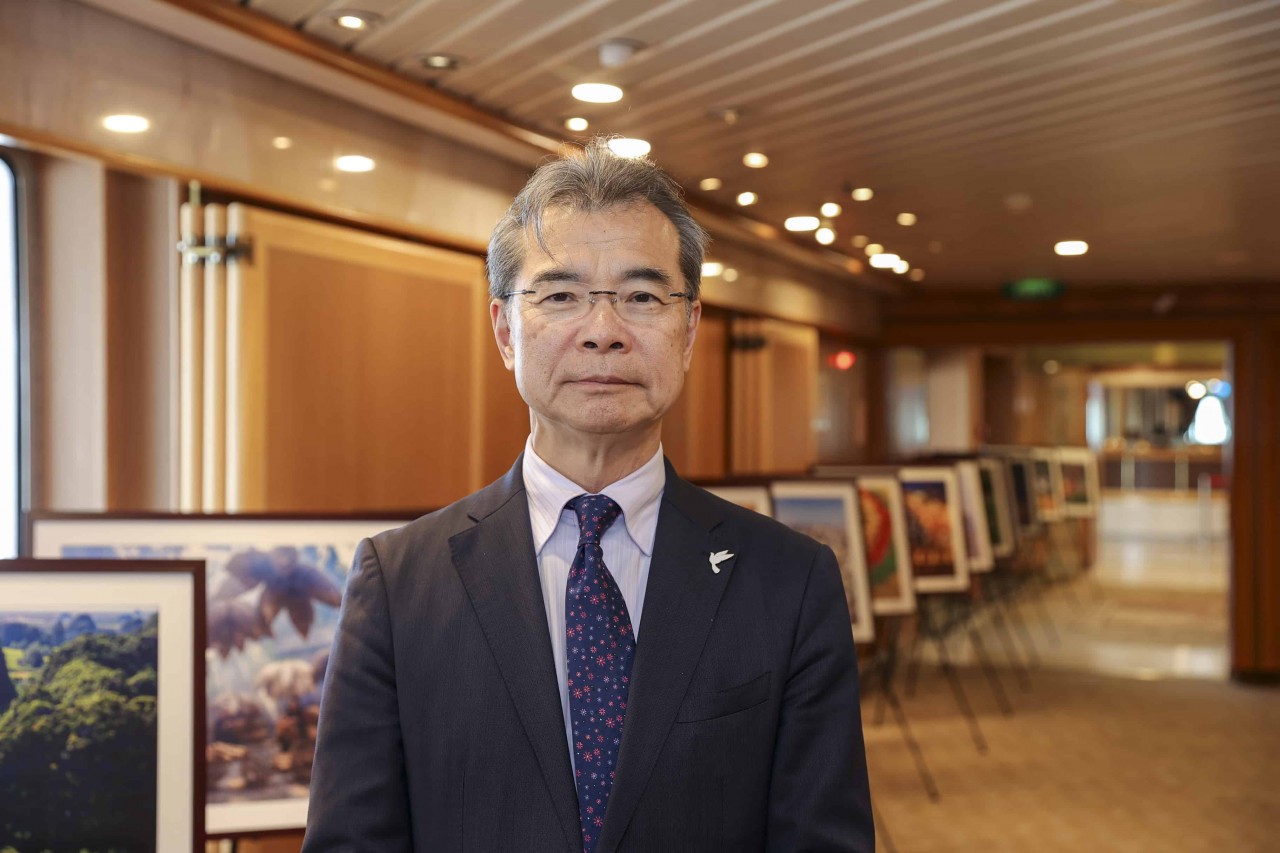 Friendship
Friendship



